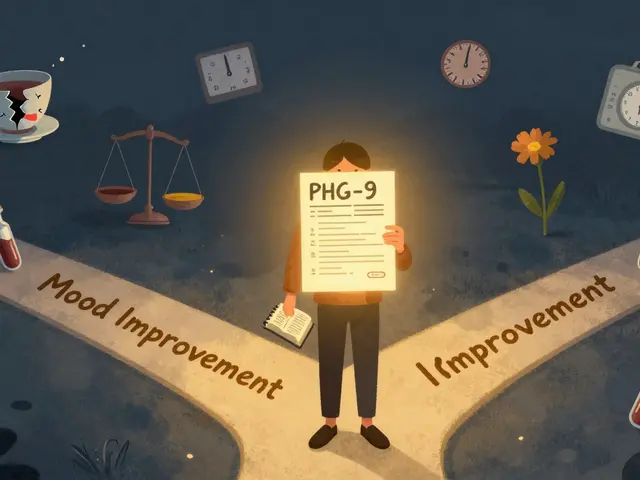Vytorin: what it does and how to use it safely
Vytorin combines ezetimibe and simvastatin to lower LDL cholesterol more than either drug alone. Doctors prescribe it when diet and single medicines aren’t enough. If you’re taking Vytorin, this page gives straightforward facts about how it works, common side effects, and practical safety tips you can use right away.
How Vytorin works and when it’s used
Ezetimibe blocks cholesterol absorption in the gut. Simvastatin reduces cholesterol production in the liver. Together they attack LDL from two angles. Typical tablets pair ezetimibe 10 mg with simvastatin in doses ranging from 10 mg to 80 mg. Your doctor picks the dose based on your cholesterol numbers, other conditions, and other drugs you take.
Vytorin is used for primary high cholesterol, some cases of mixed dyslipidemia, and as an add-on when statins alone don’t reach targets. It’s prescription-only and usually needs baseline blood tests (liver enzymes, lipid panel) before starting.
Side effects, warnings and interactions
Common side effects include muscle aches, headache, stomach upset, and mild increases in liver enzymes. Muscle pain that’s severe or paired with dark urine or weakness needs urgent attention—rarely, statins can cause rhabdomyolysis, a serious muscle breakdown.
Do not use Vytorin if you’re pregnant or breastfeeding. Tell your doctor if you have active liver disease or unexplained persistent liver enzyme elevations.
Watch drug interactions carefully: grapefruit and grapefruit juice can raise simvastatin levels and increase muscle risk. Strong CYP3A4 inhibitors (like certain antifungals, macrolide antibiotics, and some HIV drugs) can do the same and are often contraindicated with simvastatin. Combining Vytorin with certain fibrates also raises muscle-risk. Always tell your prescriber about prescription meds, over-the-counter drugs, and supplements.
Monitoring is simple but important: check liver tests when recommended, repeat a lipid panel about 6–12 weeks after starting or changing dose, and report new muscle pain or weakness. If your doctor orders a CPK test because of symptoms, follow that guidance.
Practical tips: take Vytorin in the evening if your prescriber advises—simvastatin works best when taken later in the day. You can take it with or without food, but keep a consistent routine. Don’t skip doses and don’t stop suddenly without talking to your doctor; sudden changes can raise your heart risk.
Medication is only one part of lowering cholesterol. Eat more vegetables, cut down on processed foods, move regularly, and quit smoking if you can. These habits help the medicine work better and lower your long-term risk.
If you want alternatives or need help understanding interactions, check related articles on PowPills or ask your pharmacist. For any new symptoms or questions about combining Vytorin with other drugs, call your healthcare provider—quick action can prevent serious problems.
Vytorin: Uses, Side Effects, Dosage, and How It Works for Cholesterol
Vytorin is a combination medication widely used to treat high cholesterol. This article covers how Vytorin works, who should use it, what side effects might pop up, and tips for safe use. It also explores patient experiences, things to avoid while on the medication, and practical advice for making the most of this cholesterol fighter. Easy language, practical tips, and real insights make it useful whether you’re just curious or considering this drug for yourself.






